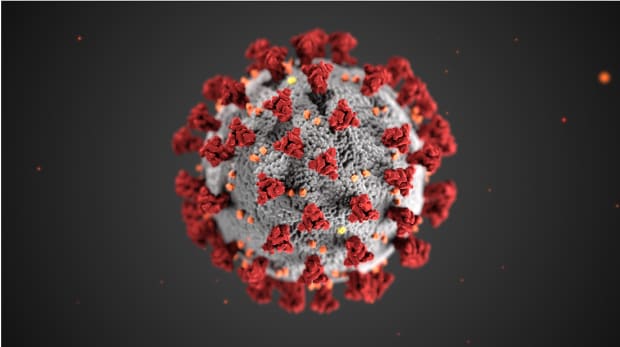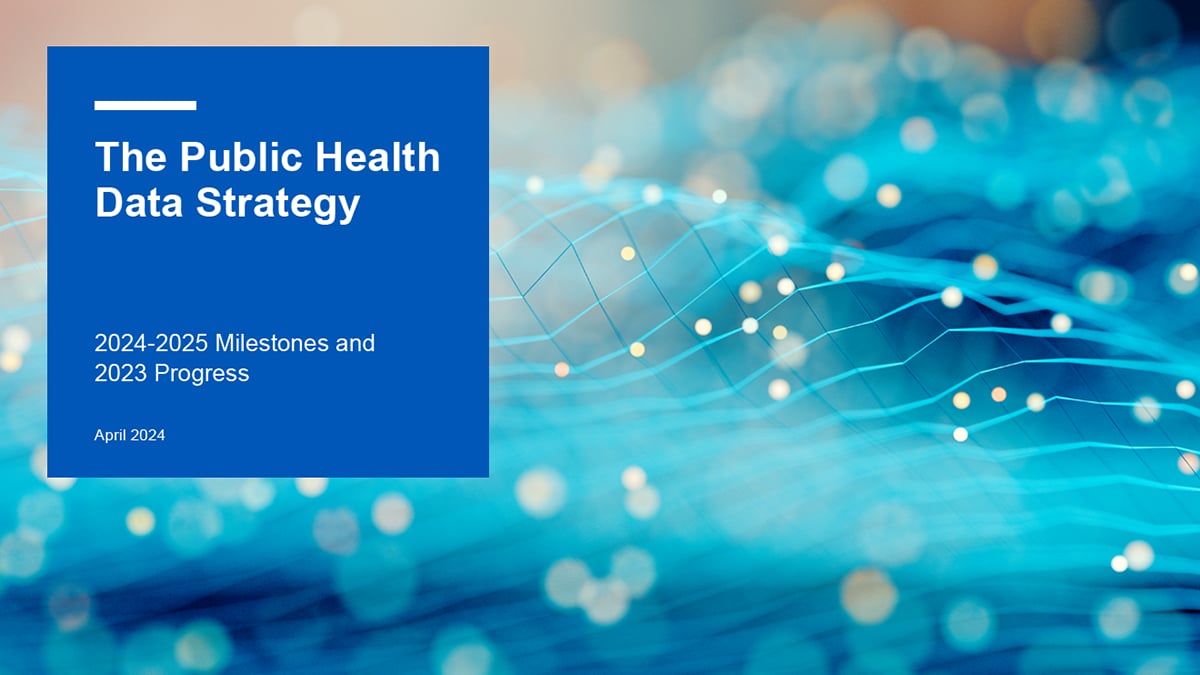Notable DMI Milestones: 2019-2024
CDC’s Data Modernization Initiative (DMI) is a comprehensive strategy designed to move public health from tracking threats to predicting them. Expanding on the work of CDC’s Surveillance Strategy, DMI is making a measurable difference in our nation’s ability both to respond to the current pandemic and to find and face any future public health threat.
Below are some key advancements in our progress.

Complex threats expose gaps and prompt action
- Partners sound the alarm that public health data are “moving slower than disease”
Epidemics like opioids, suicide, and EVALI challenge public health’s capabilities

Public Health Data Modernization Initiative (DMI) launches with a vision of world class data and analytics

CDC answers the urgent call
- Focus on core surveillance systems improves early warning signals for biggest health threats
- CDC releases open data site to share technology resources and foster innovation
- New IT and Data Governance unifies CDC’s investments in modernization
For the first time, Congress dedicates $50M in FY 2020 to support data modernization

Growing support for modernization
- Data standards, such as FHIR®, and new federal policies push modernization forward
- CDC expands data-ready innovation with healthcare, academic, and research partners
- CDC awards first funding to states for data modernization and system interoperability
- DMI lays out a strategic roadmap to guide modernization and evaluation
Volume and velocity of COVID-19 cases quickly overwhelms public health data systems

Answering the pandemic
- Multiple CDC surveillance systems extend ability to track COVID-19
- CDC rapidly onboards health departments to automate transmission of electronic laboratory reports
- Huge leaps in electronic case reporting (eCR) automate real-time information exchange between thousands of healthcare facilities
- Provisional COVID-19 death data and new data on excess deaths informs response
- CDC and federal agencies stand up experimental data to track mental, social, and economic health
- CDC integrates data from multiple core surveillance systems into COVID Tracker interface
Coronavirus Aid, Relief, and Economic Security (CARES) Act designates $500M to support rapid modernization

Accelerating the strategy
- Accelerated investments and projects increase capacity to rapidly detect and respond to the pandemic
- Assigned Implementation Leads align, coordinate, monitor, and measure progress toward future state
- CDC expands programs for state-of-the-art data science, visualization, and informatics training
- CDC and the U.S. Digital Service pilot pandemic-ready systems at state and local health departments
Congress dedicates $50 million in FY 2021 to continue data modernization activities.
The American Rescue Plan (ARP) Act provides an additional $500 million to CDC to advance surveillance and analytics infrastructure, as well as to establish a forecasting center for emerging biological threats.

Expanding our capabilities
- CDC built an immunization data lake to handle the massive COVID-19 vaccine roll-out and delivery.
- CDC created a cloud-based platform to catalogue, analyze, and publish findings faster than previously possible.
- Ongoing improvements to data collection and sharing improve health equity.
- In August 2021, CDC stands up the new national Center for Epidemic Forecasting and Outbreak Analytics.
- New cloud-based and computational capabilities enable CDC to process millions of unique SARS-CoV-2 genome sequences.
Congress dedicates $100M in FY 2022 and $175M in FY 2023 to modernize public health data surveillance and analytics at CDC and state and local health departments.

CDC’s Moving Forward initiative stands up the Office of Public Health Data, Surveillance, and Technology to lead a first-ever Public Health Data Strategy.
The DMI Snapshot captures the increasing impacts of transforming data to protect people’s health.

The path to prevention
- Sustainable investments will ensure lifesaving prevention and response for COVID-19 and beyond